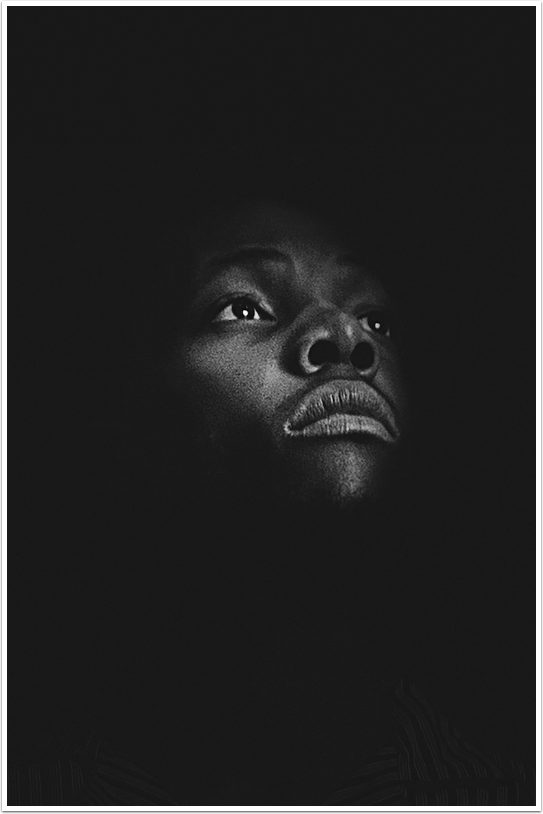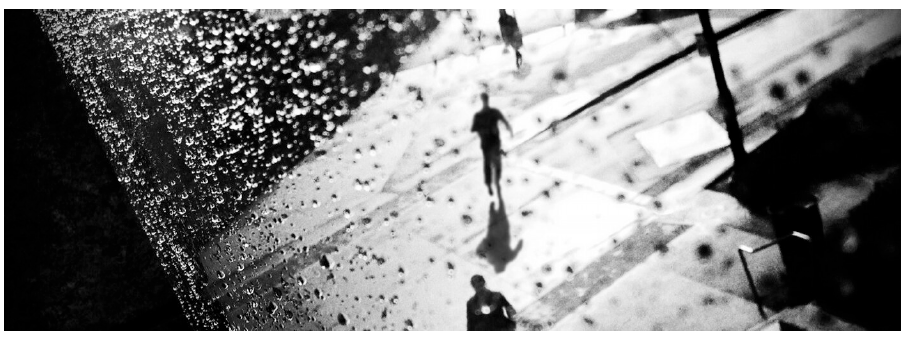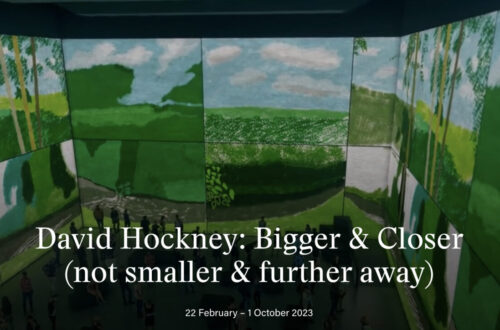Mobile Photography / Art Exhibition – Freedom of Panorama in Paris – On Until 9th March, 2016
Freedom of panorama is an exception to copyright, first introduced into German law at the end of the XIXth century. It considers that all artworks (including buildings and sculptures) located in the public domain can be photographed or filmed without the authorization of the author. France, Belgium Italy and Greece are the only countries in Europe without freedom of panorama in their legislation. In principle any reproduction of the Atomium, the Pyramide du Louvre, and the Eiffel Tower lights at night are illegal without prior authorization.
It is within this framework that the Mobile Camera Club in Paris has decided to gather photographers from various countries whose main photographic subject is the city and its architecture, to see how they choose to inhabit the public space. Do they take legislation restrictions into account or do they freely express their emotions? And how do they create something of their own, based on somebody else’s creation?
Do they feel they have to find innovative angles and framing, like their New Vision predecessors? Do they fragment and deconstruct, play with forms, colors and dimensions until they make reality unrecognizable? Or like the Surrealists, do they mock reality and appearances? Or else, in between collage and typography, do they choose to follow the track of a refined design, taking roots in the Bauhaus movement?
For artists, the city remains the place of all possibilities and an opportunity to present us the many unknown facets of an intimate and dreamlike city.
The following mobile artists are represented within this exhibition from January 30, 2016 to March 9, 2016; Leny Bagshop, Nadine Benichou, Lynette Jackson, Kristine Norlander, Joshua Sarinana and Tony Nahra.

Leny Bagshop
Here, humans are rare and their presence ghostly. They are not the principal subject and the artists are not aiming at provoking immediate empathy through a look or a situation. Creation will not arise from the capture of a human emotion, but from the narrative and fictionalctional dimension of what is much more than a decor: a real surface of projection of the self… the creation of an architecture of the unconscious.
©Leny Bagshop

Nadine Benichou
Nadine Bénichou lives in Paris. Her photos and digital creations were exhibited in solo or collective shows in Paris, New York, Madrid and Shawinigan (Canada). One of her videos was selected at the MINA festival 2015. She is one of the co- founders of Mobile Camera Club.
« How grey matters » This series proposes a journey in a deconstructed and hallucinated city. A strange and unpredictable world, with abstract forms, fragmented structures and random patterns… How grey matters is an homage to cubism, to Calvino’s invisible cities, to constructivism and German expressionism, but also to deconstruction theories.
©Nadine Benichou

Lynette Jackson
With her smartphone, Lynette Jackson, an American artist, creates a visual story on each architectural form she documents. Her work is influenced by Modern and Mid-Century design and architecture. She credits Swiss Graphic Design, Richard Paul Lohse, Julius Shulman, and Reid Miles cover art for BlueNote Records as creative inspirations. Lynette Jackson was selected as a Mobile Master 2014 winner and is a featured artist for the accompanying eBook, “Mobile Masters2,” by Dan Marcolina. Ms. Jackson also contributed iPhoneography tutorials to “The Art of iPhone Photography: Creating Great Photos and Art on Your iPhone” by Authors Bob Weil and Nicki Fitz-Gerald. Her images were the set backdrop for the first season of Bravo’s “Property Envy”, were featured in architectural blogs and used in commercials. She is a mobile photography pioneer. “My work is an exploration of a re-imagined environment for the subject of each piece. After deconstruction, I begin to rebuild my subject by applying layers of color, repetitive patterns, light and shadow, simple squares and rectangles. Spontaneity guides placement of these elements bringing forth an abstracted outcome which examines new relationships, new meaning, and appreciation for the space an object inhabits. My mobile device is an extension of my life. It is my digital canvas.”
©Lynette Jackson

Kristine Norlander
I was born in Oslo 1972, and have been teaching visual arts, media and communications in an upper secondary school in Akershus, Norway since 1997. I have always loved to express myself through different medias – like drawing, paint, clay – and lately – through my smartphone. In 2014 I finished a MA in Art & Design Education. My research was about how to use smartphones as a creative tool, focusing on Instagram as a creative network and how it in influenced the ways to express oneself through photography. To me – using the phone to frame and embrace the beauty of everyday surroundings and transform them into digital sketches has become a way of living. Photography has turned into a language I love to speak. A language that tends to be minimalistic, sometimes abstract.
©Kristine Norlander

Joshua Sarinana
Dr. Joshua Sariñana (b. 1981) was born in San José, California. He obtained his neuroscience degrees at the University of California, Los Angeles and at the Massachusetts Institute of Technology (MIT). Joshua’s award-winning photography has been exhibited in New York City, Florence, Porto, and in Tokyo. Most recently, Joshua was a nalist for the 2015 EyeEm photography awards. He was also a 2013, 2014, and 2015 iPhone Photography Awards Winner. His photography has also been recognised by the Mobile Photography Awards. Apple recently licensed Joshua’s work for an iPhone 6 campaign. In addition to image production, Joshua has published several articles on the intersection of photography, neuroscience, and culture.
©Joshua Sarinana

Tony Nahra
“I was first drawn to photography while working as a journalist during college. But it wasn’t until the advent of digital photography and smartphone cameras that my interest in photography really took off. I loved being able to compose an image on the screen and see the results of my shot immediately. Years ago, after joining Instagram, I started to edit my photography with ever greater intensity — until the original images themselves were barely recognisable. I love to take imagery from many places and combine them into someplace imaginary or even surreal. They are often places that clearly do not exist, but seemingly could if the world were a bit of a stranger place. My goal is to always tell some sort of story with each image and title. While there is a darkness to much of my work, I strive to keep the mood vague enough that the viewer can place his/her own interpretation on it, positive or negative, hopeful or hopeless.”
©Tony Nahra

Opening Hours & Location



